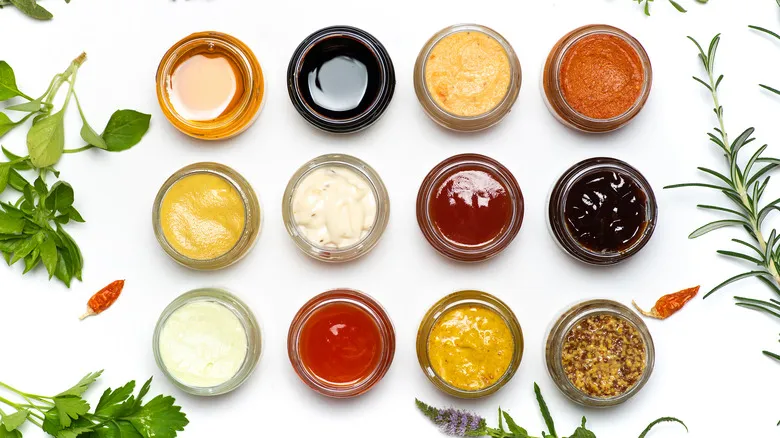Acidity loves higher acidity

Acidity is what causes our mouths to pucker and produce saliva. It's that tongue-tingling tartness that adds a refreshing zing to food. Fun fact: We salivate after consuming something sour because our bodies are attempting to balance the pH levels in our mouths by neutralizing the high acidity.
Most salad dressings tend to be quite acidic, which means they should be paired with wines that have even higher acidity. This is because when you take a bite of an acidic salad, your palate adjusts to that level of tartness. If the wine has lower acidity, your palate may not pick it up, resulting in a taste that feels dull and flat. Conversely, when paired with a high-acid wine, the wine will exhibit more fruitiness and a well-balanced acidity.
Light, high-acid white wines such as Sauvignon Blanc, Kabinett Riesling, and Vinho Verde complement most salads beautifully. The grassy, green notes of Sauvignon Blanc pair particularly well with romaine lettuce. Additionally, sparkling wines and rosés also possess high acidity and fruity characteristics, making them reliable choices.
Fill in the blanks in your dressing

Another approach to pairing wine with salad is to think about whether your dressing lacks a certain flavor. You can complement it with the prominent notes found in the wine. For instance, a Caesar salad dressing is rich and incorporates anchovies for a savory kick. Pairing it with a light-bodied Sauvignon Blanc, which boasts high acidity, will introduce a refreshing tartness that enhances the dressing's profile. The wine effectively fills in that flavor gap.
In a similar vein, a spicy ginger sesame dressing pairs wonderfully with a slightly sweet wine like an off-dry Riesling or Vouvray. The subtle sweetness of the wine adds a fresh fruitiness to the savory salad, balancing out the ginger's heat. A bleu cheese dressing is delightful with an Albariño, celebrated for its vibrant acidity, slight salinity, and notes of citrus and melon. A balsamic vinaigrette salad complements a light Pinot Noir beautifully.
Consider your wine as a dressing as well. If it would taste good drizzled over your salad, it will likely pair well with it.
So, start with simple combinations and experiment with different pairings. Don’t hesitate to ask the sommelier or your server for their suggestions, and be sure to inquire about their reasoning behind the wine choice for your salad. Now that you're equipped with some terminology, you can confidently discuss aspects like "high acidity" and "fruity melon flavors" when talking about the wine.
Recommended

The Absolute Worst Wine Pairing For Raw Fish

5 Mixers You Need To Make Cheap Beer Taste Better

What It Means When A Wine Bottle Is Labeled 'Reserve'

How Long Beer Lasts In Cans Vs Bottles
Next up

